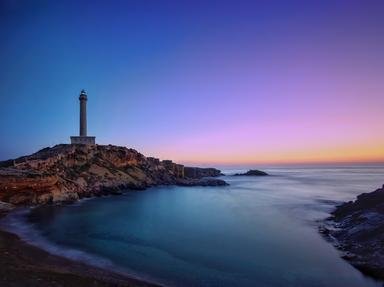Quiz Answer Key and Fun Facts
1. Animal names abound onboard ship, and similar names often apply to different items. You probably know that the whip used for punishment was called the "cat" or "cat o' nine tails", but do you know what the "cat-head" refers to?
2. You may know that "springing" a mast meant cracking or splitting it, but do you know what a "spring on the cable" was used for?
3. You probably know that the bilge is the flat part of a ship's bottom that collects water from the hold, but do you know what a "binnacle" is?
4. You may know that "idlers" were the men onboard who didn't stand a regular watch - cook, carpenter, surgeon, purser, etc. What were "nippers"?
5. You probably know that the coxswain steered the Captain's barge and controlled the barge's crew, but do you know what "bargemen" were?
6. You probably know that "leeward" means "in the direction toward which the wind blows". Here's another directional question (you might need to draw a picture): if the ship is south of the equator, on a northwesterly heading, and a southwest breeze is blowing, which side of the ship is the "weather" side?
7. "By the wind" means sailing into the wind as directly as possible. "Large" means sailing with the wind blowing from behind the ship. If a ship performed well in both situations, she was said to be a good vessel "by and large", a phrase we use to this day. Which type of ship could sail closest to (by) the wind?
8. You may know that the system of ropes and pulleys used to roll a cannon inboard and outboard for loading and firing was called a "train", but do you know where the "truck" was located?
9. There are a number of shipboard terms that seem confusing; for example a "two-decker" actually had six decks. This one may seem confusing as well: who ate their dinner in the "gunroom"?
10. The sheet anchor was always kept ready on the cable so it could be dropped if the other anchors were lost, so "sheet anchor" came to mean "a resource you can rely upon in an emergency". Darcy Lever's "Sheet Anchor" became a dependable reference for many young naval officers. Speaking of anchors, which was the smallest anchor aboard?
Source: Author
cayugarunner
This quiz was reviewed by FunTrivia editor
bloomsby before going online.
Any errors found in FunTrivia content are routinely corrected through our feedback system.

